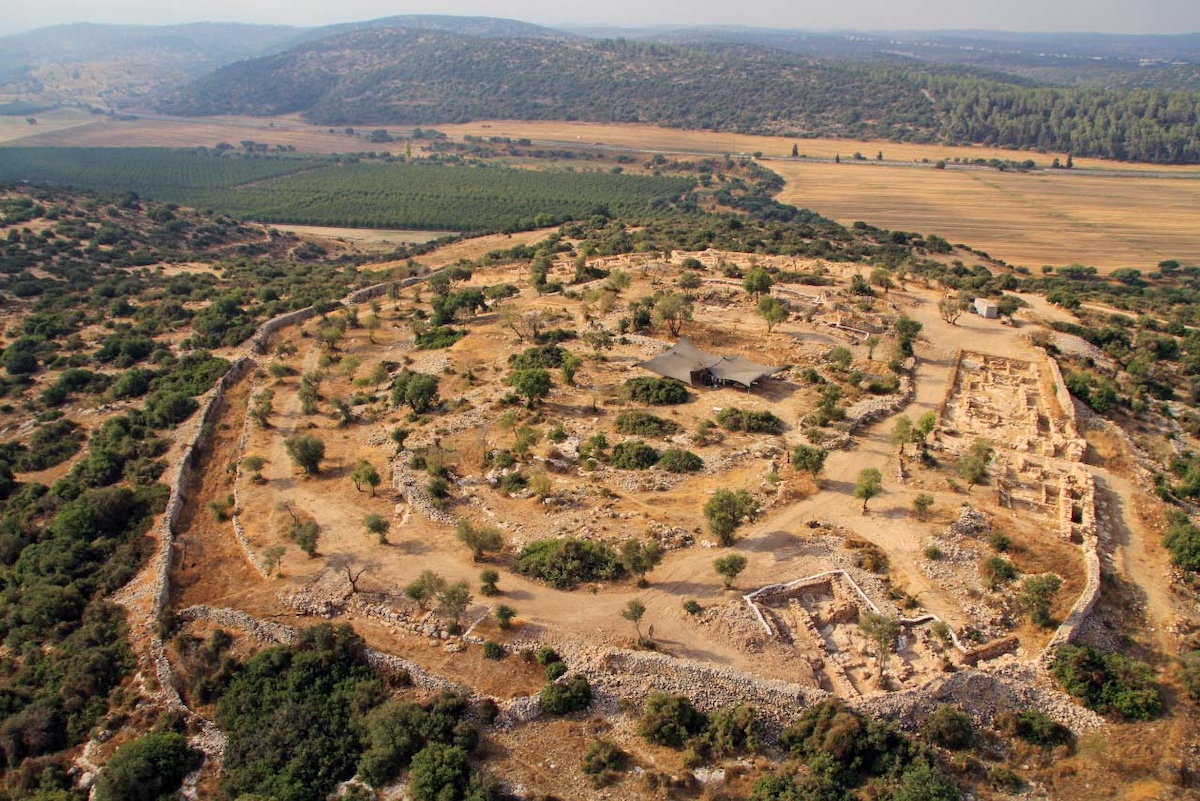Exploring King David’s Kingdom: Unveiling the Empire Through Maps and History

The map of King David’s kingdom is a captivating depiction of one of the most illustrious periods in ancient Israel’s history. King David, the legendary monarch of Israel, ruled over a vast empire that stretched from the Mediterranean coast to the banks of the Euphrates River. To unravel the contours of this fabled kingdom, we turn to historical records, biblical accounts, and archaeological findings, piecing together the mosaic of David’s realm.
At the heart of the kingdom of David map lies the city of Jerusalem, the jewel in David’s crown and the political, religious, and cultural center of his empire. Situated on a strategic hilltop, Jerusalem served as the capital of David’s kingdom and the seat of his royal court. The city’s iconic landmarks, including the Temple Mount and the City of David, are indelibly linked to David’s reign, symbolizing the zenith of Israel’s power and prosperity.
Beyond Jerusalem, the kingdom of David extended its reach across the ancient Near East, encompassing territories that had once been held by Israel’s enemies. From the Philistine coastal plain to the Transjordanian plateau, David’s empire spanned diverse landscapes and populations, united under the banner of Israelite sovereignty. The map of David’s kingdom would reveal a patchwork of cities, fortresses, and tribal territories, each contributing to the strength and stability of David’s realm.
One of the most enduring legacies of David’s kingdom is its strategic alliances and military conquests. Through shrewd diplomacy and martial prowess, David forged alliances with neighboring kingdoms, such as Tyre and Moab, while expanding Israel’s borders through military campaigns against the Philistines, Ammonites, and Arameans. The King David empire map would depict the boundaries of his conquests, marking the territories that fell under Israelite rule during his reign.
David’s kingdom was not without its challenges and controversies, however. The biblical accounts of his reign are replete with tales of intrigue, rebellion, and personal tragedy, from his infamous affair with Bathsheba to the rebellion of his son Absalom. These tumultuous events, immortalized in scripture and literature, add depth and complexity to the narrative of David’s rule, reminding us of the frailty of human nature and the consequences of power unchecked.
Archaeological excavations in modern-day Israel have unearthed a wealth of artifacts and inscriptions that corroborate the biblical accounts of David’s kingdom. From monumental architecture to administrative documents, these discoveries offer tangible evidence of David’s existence and the reality of his reign, enriching our understanding of ancient Israelite society and culture.
In conclusion, the map of King David’s kingdom offers a window into a golden age of Israelite history, when a shepherd boy rose to become a mighty king and shepherd of his people. Through diplomacy, warfare, and faith, David forged a kingdom that left an indelible mark on the pages of history, shaping the destiny of Israel for generations to come. As we trace the contours of David’s realm on the king David empire map, we are reminded of the enduring legacy of a king whose name still echoes through the corridors of time.
